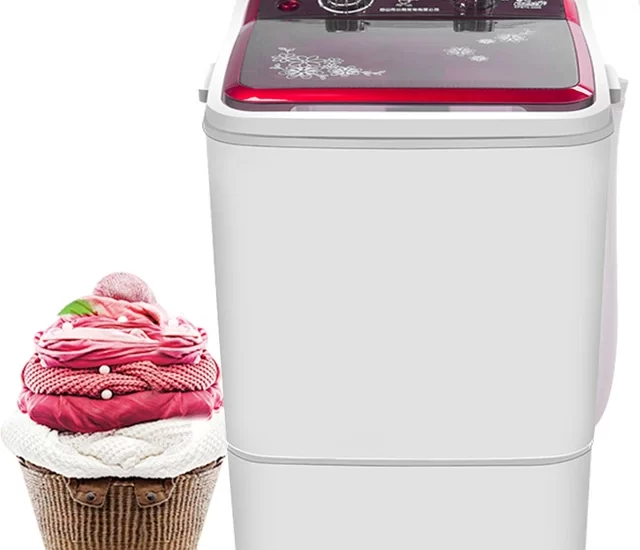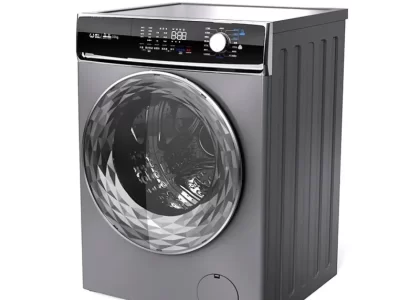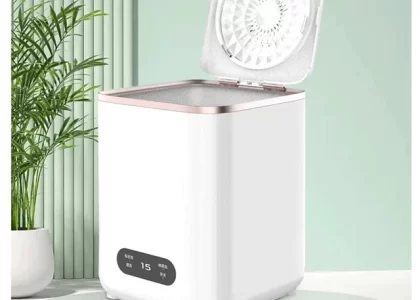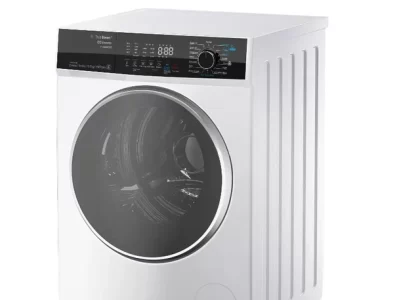 Introduction:
Introduction:
Discovering mold on your clothes after a wash can be disheartening and unpleasant. Mold thrives in humid environments, and a neglected washing machine can become a breeding ground for mold and mildew. To effectively remove mold from clothes, it’s essential to take immediate action. In this comprehensive guide, we will explore various methods and tips to safely and effectively remove mold from clothes in a washing machine. Whether you’re dealing with a small spot of mold or a severe infestation, these simple steps will help restore your clothes to their clean and fresh condition.
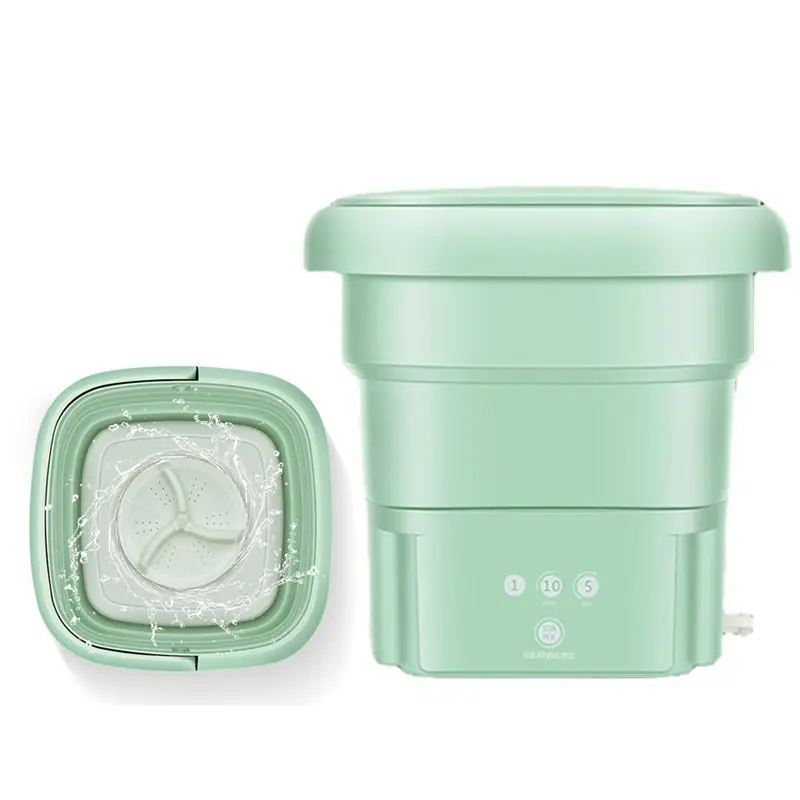 Some of the common types include:
Some of the common types include:
Currently, the market offers various popular types of washing machines. Some of the common types include:
Top-Loading Washing Machines:
These machines have a lid on the top for loading clothes into the drum. They are typically more affordable and convenient since clothes can be added or removed during a wash cycle. Top-loading machines are available in both traditional and high-efficiency (HE) models.
Front-Loading Washing Machines:
Front-loading machines have a door on the front through which clothes are loaded. They are known for their efficiency, water-saving features, and gentle cleaning. Front-loaders generally offer larger capacity, improve stain removal, and are more energy-efficient compared to top-loaders.
High-Efficiency (HE) Washing Machines:
HE washing machines are designed to consume less water and energy while still providing effective cleaning. They usually have advanced features, such as load-sensing technology and customized wash cycles. HE machines can be top-loading or front-loading.
Washer-Dryer Combo Machines:
These all-in-one machines offer both washing and drying functionalities in a single unit. They are suitable for smaller spaces or situations where separate washing and drying machines are not feasible. However, the drying capacity might be lesser compared to standalone dryers.
Compact Washing Machines:
Compact washing machines are designed for smaller spaces, such as apartments or RVs. They usually have reduced capacity and dimensions compared to regular-sized machines, making them ideal for limited spaces.
Smart Washing Machines:
Smart washing machines are equipped with advanced technology and smart features. They can be connected to Wi-Fi networks and controlled remotely using mobile apps. Smart features may include personalized wash settings, notifications, energy monitoring, and compatibility with virtual assistants.
Portable Washing Machines:
Portable washing machines are compact and lightweight, designed for easy transportation and convenience. They are suitable for travelers, small apartments, or situations where traditional washing machines are not available.
When choosing a washing machine, consider factors such as capacity, energy efficiency, special features, maintenance requirements, and budget. Understanding the available types can help you select the one that best fits your needs and preferences.
Identifying Mold in a Washing Machine
A musty odor emanating from your washing machine is often an indication of mold or mildew growth.
This odor can transfer to your clothes, leaving them smelling unpleasant.
Visible Mold Spots:
Check the drum, rubber gasket, and other areas of your washing machine for visible signs of mold.
Mold appears as black or greenish-black spots or patches on surfaces.
Allergy Symptoms:
If you or your family members experience allergic reactions or respiratory issues after wearing freshly washed clothes, it may indicate the presence of mold.
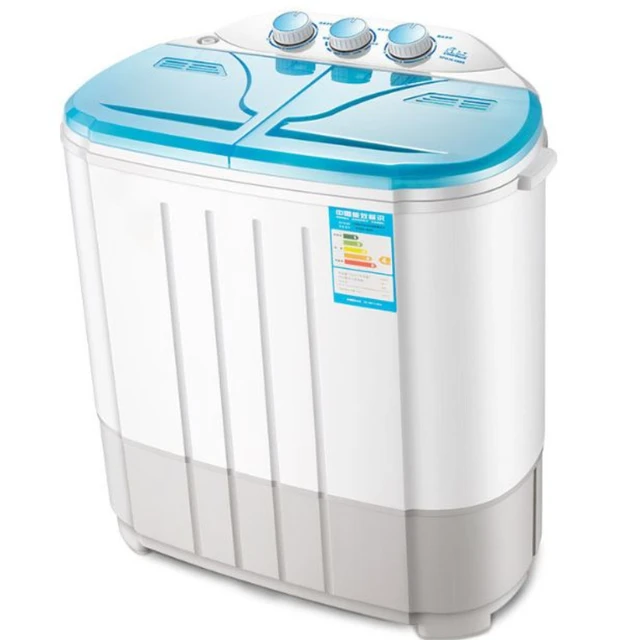 Here are some risks associated with a moldy washing machine:
Here are some risks associated with a moldy washing machine:
The presence of mold in a washing machine can have various hazards and potential consequences. Here are some risks associated with a moldy washing machine:
Health Risks:
Mold and mildew in a washing machine can release spores into the air, which can be inhaled by individuals using the machine or those in the vicinity. Breathing in mold spores may cause respiratory issues, allergies, or worsen existing respiratory conditions, particularly for people with sensitivities or allergies.
Odor Transfer to Clothes:
A moldy washing machine can transfer unpleasant odors to the clothes being washed. This can be especially problematic when the washed clothes are worn, as the odor can be noticeable and difficult to eliminate.
Reduced Cleaning Efficiency:
Mold growth inside the washing machine can compromise its cleaning efficiency. The mold or mildew can stick to clothes during the wash cycle, making it harder to remove stains and dirt. This can result in clothes not being properly cleaned or sanitized.
Machine Damage:
Mold and mildew can damage the internal components and surfaces of the washing machine over time, impacting its performance and potentially leading to costly repairs or replacement.
Increased Energy Consumption:
Mold growth may affect the washing machine’s ability to operate optimally. As a result, the machine may require additional wash cycles or higher temperatures to try to eliminate the mold and its associated odors, leading to increased energy consumption and higher utility bills.
It’s crucial to address mold issues in a washing machine promptly to mitigate these hazards. Regular cleaning, proper maintenance, and ventilation of the machine can help prevent mold growth. If mold is already present, it’s advisable to thoroughly clean and disinfect the washing machine or seek professional assistance if needed.
Methods for Removing Mold from Clothes
Pre-Treatment:
Before washing the moldy clothes, it’s important to treat the affected areas.
Gently brush or scrape off any visible mold spots, taking care not to spread the spores further.
Vinegar Soak:
Fill a basin or sink with a mixture of equal parts water and white vinegar.
Soak the moldy clothes in this solution for at least one hour to kill the mold and remove odors.
Baking Soda Paste:
Create a paste by mixing baking soda with water to form a thick consistency.
Apply the paste to the moldy areas of the clothes and gently scrub with a soft brush or sponge.
Hydrogen Peroxide:
Dilute hydrogen peroxide with water in a 1:1 ratio.
Soak the affected clothes in this solution for 30 minutes to effectively kill mold spores.
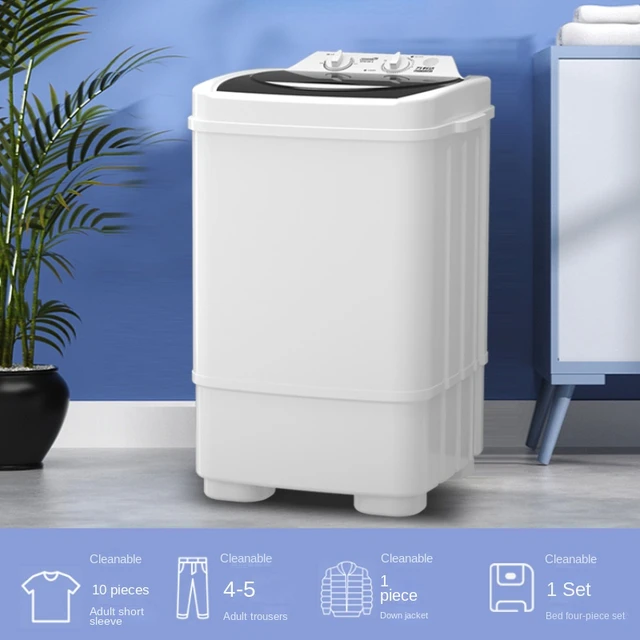 Washing Machine Maintenance to Prevent Mold Growth
Washing Machine Maintenance to Prevent Mold Growth
How to remove mold from clothes in washing machine?
Regular Cleaning:
Clean your washing machine every two to three months to prevent mold and mildew growth.
Run an empty cycle with hot water and add two cups of white vinegar to clean the drum and remove any lingering odors.
Proper Drying:
After each wash, promptly remove clothes from the washing machine and ensure they are fully dry before storing them.
Leave the washing machine door open to allow air circulation and prevent moisture buildup.
Monthly Bleach Cycle:
Run a monthly bleach cycle by adding 1/2 cup of bleach to the drum and running a hot water cycle.
This helps kill mold and mildew spores and prevents their accumulation in the washing machine.
Wipe Down Rubber Seals:
Wipe down the rubber seals and gasket of your washing machine with a mixture of water and vinegar after each use to remove any moisture or residue that can contribute to mold growth.
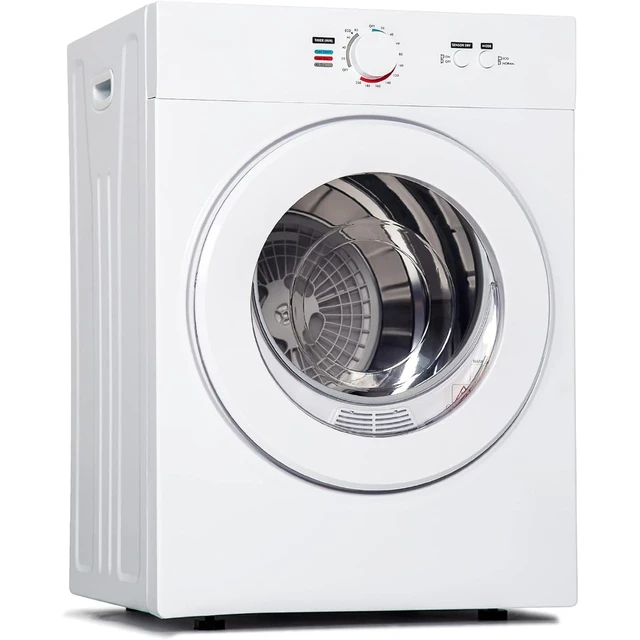 Conclusion:
Conclusion:
How to remove mold from clothes in washing machine? Removing mold from clothes in a washing machine requires immediate action and the right approach. By following the methods and tips outlined in this comprehensive guide, you can effectively remove mold from clothes and prevent its growth in the future. Regular maintenance and cleaning of your washing machine are crucial to preventing mold and mildew. With a clean and mold-free washing machine, you can enjoy fresh-smelling clothes without the worry of mold-related issues. Remember to promptly address and treat any mold-affected clothing to maintain a clean and healthy laundry routine.

